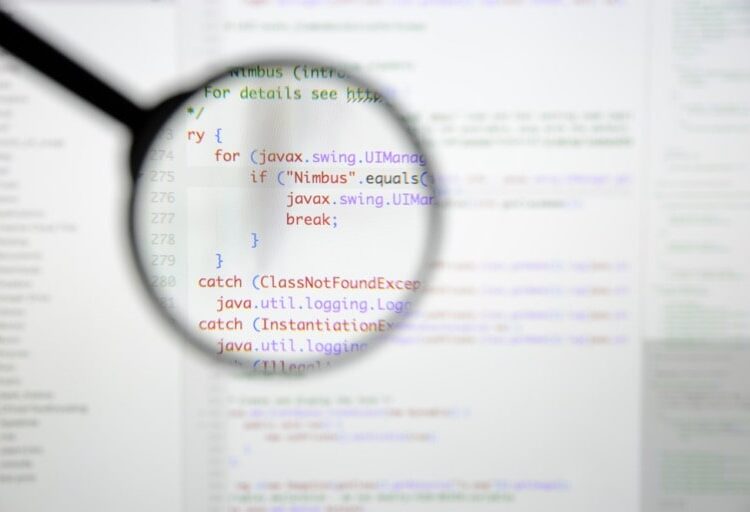Just like a well-rounded gym routine strengthens your body, writing a cleaner code can improve the quality and longevity of your software. It’s not even to mention that a nifty code means higher revenue because of faster development and simplified maintenance.
But does a perfectly clean code exist, and should you strive for it? Let’s figure out how to measure code quality and then compare some international variations. You will learn what unites some of the best countries for software engineers in terms of code quality measurement.
10 Tips for Wise Code Quality Measurement
1. Choose Your Target Metrics. You’ll need a set of metrics to see the real picture, as different metrics measure code quality from different angles. Below you can find a simple but multipurpose list of code metrics as an example.
- Lines of Code (LOC). A basic measure of code size. While lower LOC might be desirable, it shouldn’t be the sole focus.
- Cyclomatic Complexity. Measures the number of independent paths a function can take. Higher complexity indicates difficulty in testing and understanding.
- Halstead Metrics. A suite of metrics analyzing aspects like vocabulary richness and program difficulty.
- Class Coupling. Measures the degree of interdependence between classes. Tight coupling can lead to maintenance headaches.
2. Know Your Goals, Set Your Targets. Metrics are valuable tools, but you need a clear vision of what you want to achieve. Do you want to improve readability? Reduce bugs? Set realistic “whys” for your chosen metrics.
3. Metrics are a Means, Not an End. Metrics provide valuable insights, but they shouldn’t dictate development. Focus on understanding the root cause behind a high metric value and refactor accordingly.
4. “Automation Rules!” is your tip if you want to know how to measure code quality and save time for something else, like developing new features. Modern static code analysis tools automatically calculate metrics, providing consistent results.
5. Context is King. Metrics can vary significantly depending on the programming language, project size, and development team’s skills. Don’t get hung up on comparing your codebase to generic benchmarks.
6. Start Small, Scale Up. Don’t try to overwhelm yourself by measuring everything at once. Begin with a few key metrics and gradually expand as you gain comfort.
7. Focus on Trends, Not Absolute Values. Metrics are most effective when viewed over time. Track how metrics change as code evolves, identifying areas of improvement.
8. Communication is Key. Discuss code metrics with your team. Establish shared goals and ensure everyone understands the role of metrics.
9. Metrics are Not a Silver Bullet. Excellent code metrics won’t guarantee perfect software. Combine metrics with code reviews and unit testing for a holistic approach.
10. Maintain a Positive Mindset. Code metrics are not a blame game. They’re a collaborative tool to help everyone improve code quality.
Code Metrics Around the World
The world of software development is a global village, so you can notice such widespread trends as using tools like SonarQube and JIRA adapted to local needs and standards and the adoption of international standards like ISO/IEC 25010 to ensure software quality and maintainability.
But there are still more differences. For example, the depth and focus of education and training in software quality and metrics may vary. Interestingly, cultural nuances can influence how countries measure code quality. Here are a few examples of what matters where.
Within the US, a country with great QA education, tech teams typically track a bunch of metrics, preferring those related to faster product delivery in many cases. But since the country’s IT sector is very versatile, you can hear the opposite opinion as to the most important metrics.
EU and Australia focus on adhering to regulatory standards, especially in finance, healthcare, and government sectors. Japan. A strong emphasis on clear documentation might lead Japanese developers to prioritize metrics that assess code comments and readability.
India. With a focus on delivering projects on tight deadlines, Indian teams may prioritize metrics that measure code execution speed and efficiency. Scandinavia. The region’s emphasis on clean code design might lead developers to favor metrics that assess code structure and maintainability.
As you can see, some code metrics come first, and others are taken into account next. It’s a reasonably tricky task to do everything at the same time: to accelerate development time and write a perfectly designed code with every tiniest data privacy requirement in place.
Although… Geography can teach us a lesson of combination: Eastern European IT clusters manage to keep an eye on on all the metrics we’ve provided simultaneously. Baltic States, Poland, and Czech Republic — all of them are in the EU and adopt GDPR-comliant development practices with high requirements to data privacy protection.
So, any code is being thoroughly received in this regard. All of them are customer-oriented, so strive to optimize the software performance to the fullest.
They are interested in international investments, and their governments not only support tech startups through grants and incubators but often provide resources and frameworks that emphasize quality assurance and the use of code metrics.
Universities and technical institutions include software engineering and computer science programs that teach the importance of code metrics and the use of code analysis tools. There is active collaboration between academia and industry on research projects related to software quality and metrics, which enables continuous improvement.
In case you didn’t know why, along with lower development rates compared to the USA and EU, many Western companies scale their teams with the help of staffing agencies hiring in Eastern Europe, now you know.
Which code quality measurement style do you prefer, or which one better meets your current project needs? Understanding these cultural differences can help you define your priorities as well as more effectively distribute team roles in international projects.




